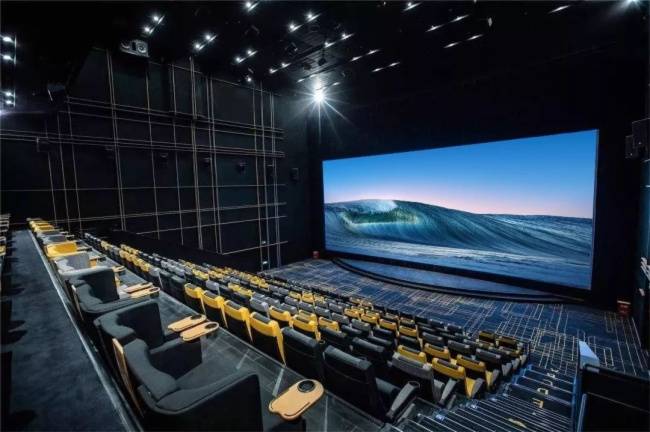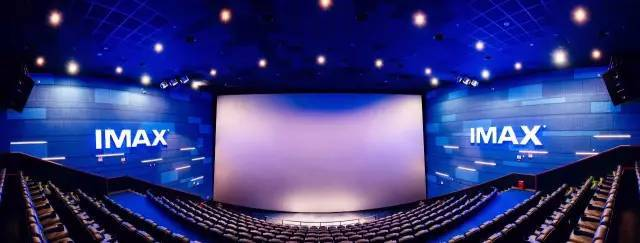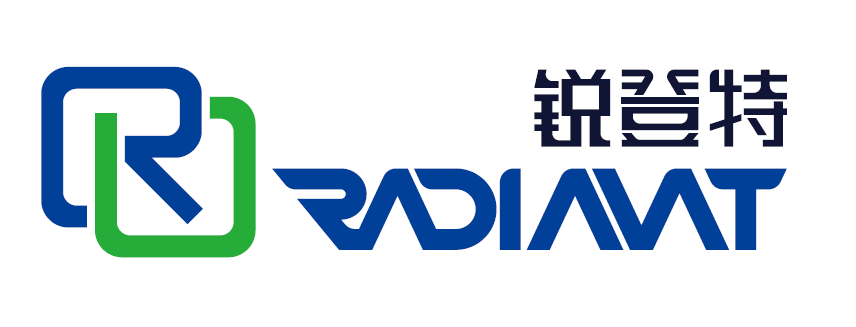Different "rules of the game" in the movie screen market
For the traditional LED display large-screen market, the core competition focus is "dot pitch". That is, the ability to manufacture more reliable products with smaller pixel pitches in a more economical way is the "main line of technological competition" in the LED display large screen industry.
However, since the film screen market has been dominated by "projection" technology for a hundred years, the focus of technical competition in this market has fallen on "projector brightness". The core reflection of the brightness level of the projector on the screen effect is "how big the screen can be projected under the satisfaction of the image quality": Therefore, the movie screen has a supply structure of different specifications such as 7 meters, 10 meters, and 20 meters.
DCI certification is a film projection effect and copyright protection standard led by Hollywood content parties. Although its legal status is a "voluntary enterprise group standard", years of global market practice have made it a de facto industry access standard for "movie screens and projection equipment" in the international market.
Therefore, if the large LED screen wants to enter the 20-meter movie theater market, it must obtain the DCI certification of the 20-meter screen. Especially after more than ten 10-meter LED cinema screens have obtained DCI certification, this 20-meter certification is no longer a technical issue, but a "market rule" issue. Since it is a product of new technology following the old rules, the biggest significance of the new 20-meter LED screen DCI certification is that it has brought about a huge change in the boundaries of competition.
20 meters must be the watershed of "movie screen LED"
What does the 20-meter LED screen mean? Industry observers pointed out that the price crossover between LED movie screens and DLP projection equipment falls around 20 meters. That is to say, although more than ten 10-meter LED movie screens have obtained DCI certification, all of them are products whose cost is significantly higher than that of traditional projector movie projection equipment.
At present, LED large screens have entered the movie screen market for the first time, and it is obviously not yet time for them to be able to establish rules and regulations. Continuing to abide by the original product rules of the projected movie screen market is not only a guarantee for the effect of movie playback, but also a respect for the habits of "theater chains" in the actual market. In this process, LED screens that seem to be spliced in infinite sizes must also adopt traditional screen specifications such as "10m/20m" to obtain a market access certificate.

At the heart of projection projection equipment is brightness levels. The 10-meter screen corresponds to the entry-level brightness level of projector equipment in the theater market, and is one of the "most economical" products. A 20-meter screen means that the brightness of the projector needs to be 4 times higher than that of a 10-meter screen: whether it is a single-unit brightness increase or a dual-unit superimposition solution, the technical difficulty of the projector will be raised to a higher level.
In comparison, on a 20-meter screen 4K display of an LED movie screen, the core technical requirement of the pixel pitch indicator will be doubled compared with a 10-meter 4K screen, and the pixel density will be reduced by 75%. Although its splicing area has also increased to 4 times that of a 10-meter screen, the technical difficulty of the core spacing index has decreased, making the cost change more controllable. This will facilitate the gradual formation of its comparative advantage in cost competitiveness.
At the same time, from the perspective of theater chain operators, the 10-meter screen is an economical screening hall. The 20-meter screen is more focused on the visual shocking effect, which will be conducive to the advantages of the brightness, contrast, and color of the LED large screen. At the same time, the 20-meter screen hall, which pursues more effects, will be more cost-affordable for theaters. In addition to the different requirements for projection effects, many projection equipment in the 10-meter hall also adopt the "machine room-less" configuration.
However, the projection equipment in the 20-meter hall must occupy the space of the computer room-this will help the advantages of the LED screen's natural machine room-less demand. In addition, the diversified operation requirements of the 10-meter hall are not as high as those of the 20-meter hall: the larger space area of the 20-meter hall allows it to better develop talk shows, concerts, and e-sports events in the high-brightness mode of the LED large screen , movie restaurant, conference live broadcast and other multiple operating modes.

That is to say, DCI gives the 10-meter LED movie screen certification, which is more of a symbolic technical approval. Because in the 10-meter hall, the competitive advantage of LED screens is suppressed by projection equipment. However, after the DCI certification of the 20-meter LED movie screen is issued, it means that projection and LED screens have entered a more "anxious" competitive situation in the movie market, and even LED screens have a slight advantage.
To sum up, the DCI certification of the 20-meter screen of the LED movie screen shows that this new movie projection solution is "rapidly maturing". It is believed that in the near future, there will be a complete LED movie screen solution system ranging from a 7-meter small hall to an IMAX giant screen. The one-hundred-year-old history of cinema chain projection is about to enter a new stage of competition and cooperation of dual technologies.
Post time: Feb-20-2023
